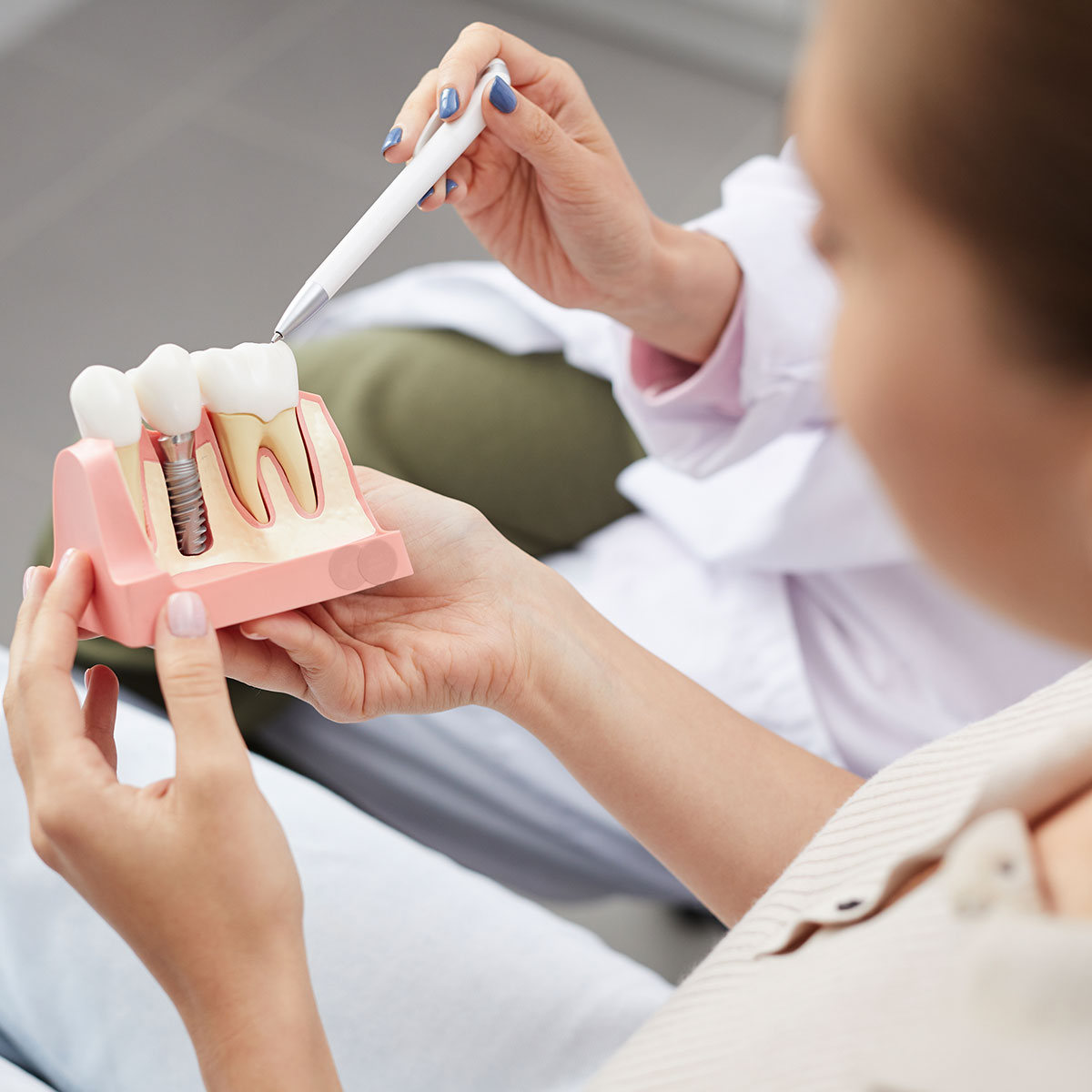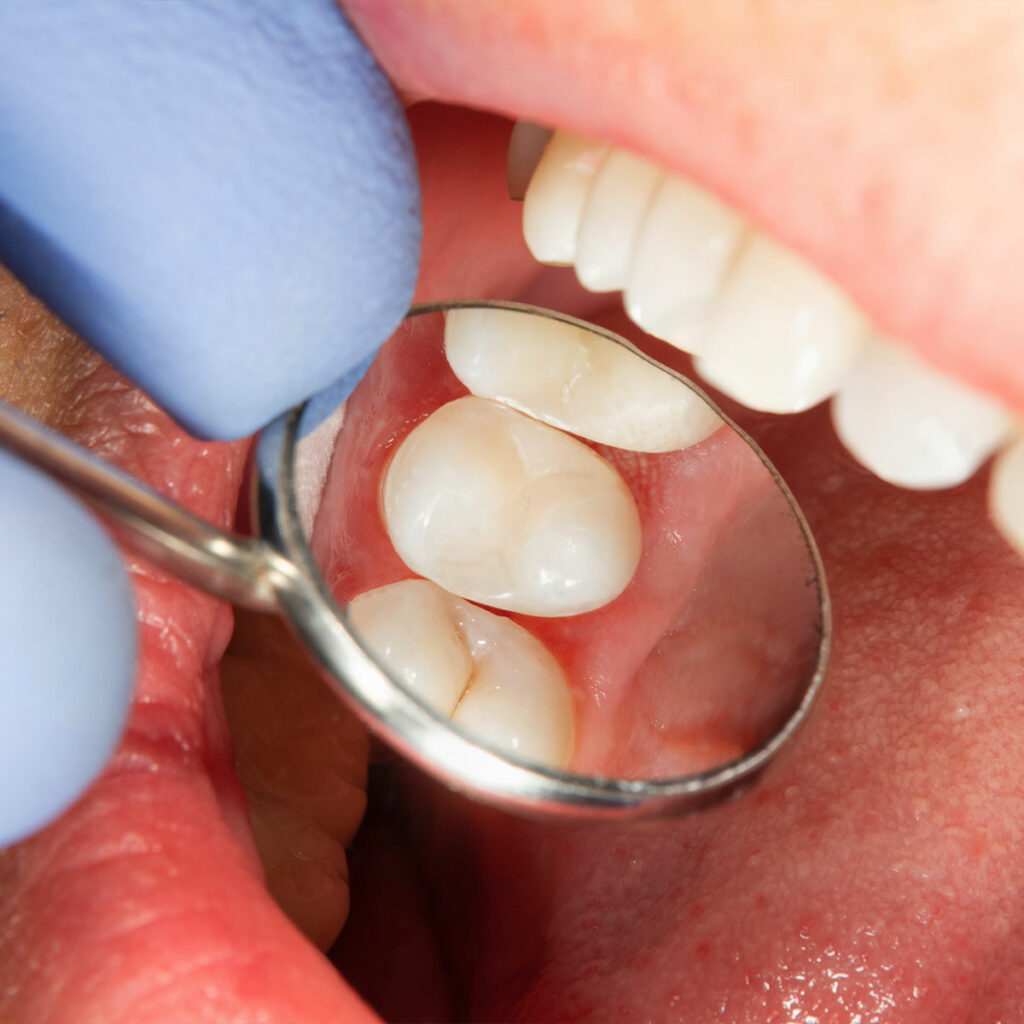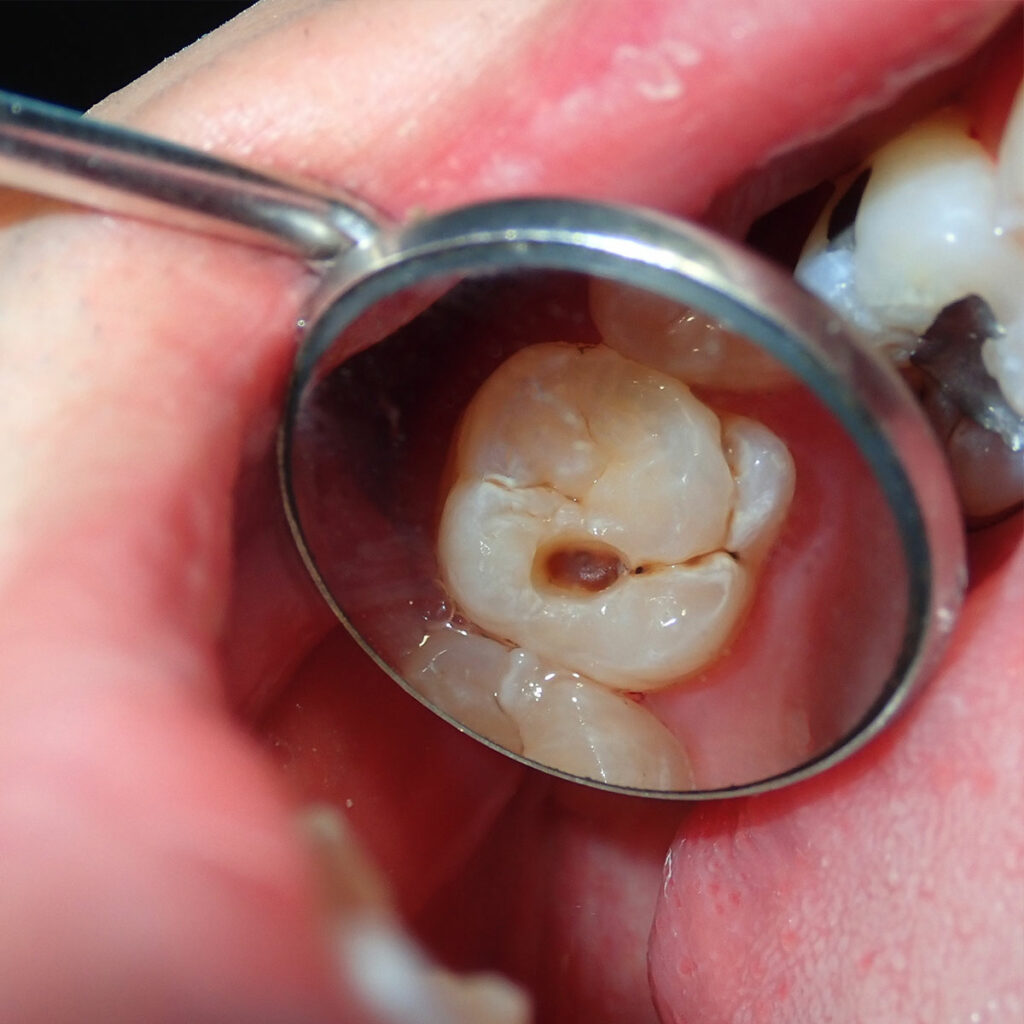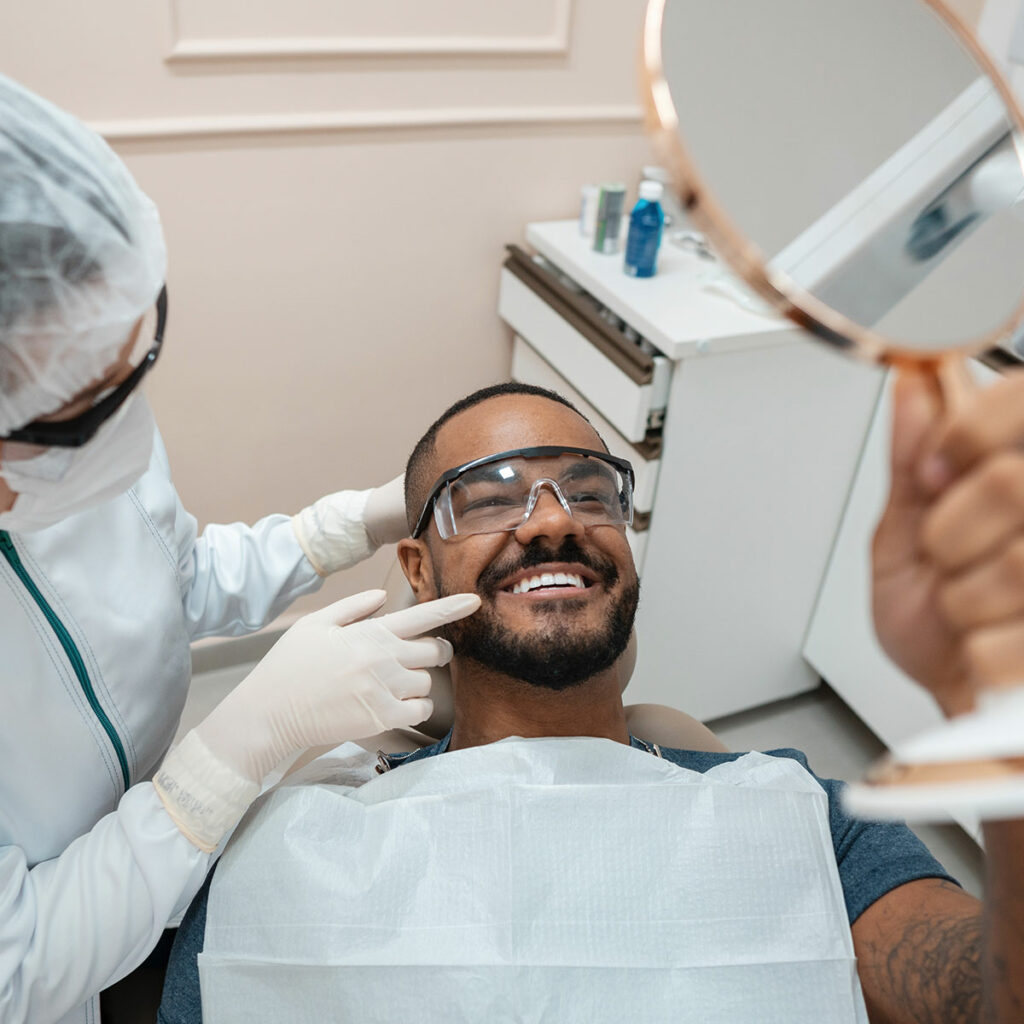Periodontal Disease
Periodontal disease is a very serious dental disease that affects many people. It is caused by bacteria from plaque formations on the teeth. In the mouth, there are constant plaque formations on the teeth, but when the plaque formations become severe, the body’s immune system will try to fight the bacteria from plaque. This causes inflammation in the gums that results in swelling and bleeding, which are early signs of periodontal disease called gingivitis. In severe forms of periodontal disease, the bacteria will go under the gums are begin to damage the bone that supports the teeth and cause the teeth to become loose.


Root Canal Therapy
Root canal therapy is a treatment used to save a tooth when the tissue, blood vessels and nerves inside of a tooth have become inflamed. In order to save the tooth and remove the pain, the dentist will need to remove infected and diseased tissue to help clean out the infected area. The canal inside is then medicated to allow the surrounding area to heal.
Reasons a root canal may be performed:
- Deep decay
- Infections at the tip of the root or inside the tooth canal
- Cracked, broken or injured teeth
Dental Implants
Dental implants are recommended for those seeking a permanent solution to missing teeth. They are designed to look natural while also giving you the ability to have stable function of natural teeth. Dental implants are surgically placed into the mouth by inserting a titanium anchor into your jaw. After the anchor is placed, the bone will heal (about 6 months) around the titanium and hold it into place. When your dentist thinks you are ready, they will place your custom made artificial tooth into the anchor.
Dental implants are not recommended for everyone. In order to be eligible to receive implants, you must have enough bone structure to support the implant, free of chronic illnesses and must ensure that you will maintain proper oral hygiene to care for a new implant.


Teeth Whitening
Tooth Whitening is a popular procedure done to brighten your smile. First, speak with your dentist to see if whitening is a good option for you. Depending on the type of discoloration that is present on your teeth, whitening may or may not be effective. Common reasons for teeth discoloration result from using tobacco, staining from food or drinks and poor oral hygiene. Tooth whitening is most effective on surface stains. Although whitening is helpful for the appearance of teeth, it is not permanent and stains may recur over time.
There are many types of whitening that can be done and the most common type is a gel-solution that can be applied directly to the surface of the teeth. This type of whitening can be done at a dental office or at home. At a dental office, the dentist will put a whitening agent on the teeth that is activated by a light or laser. For whitening at home, the dentist may recommend that you wear a whitening tray containing the whitening agent for several hours a day till you reach the shade you desire. Whitening toothpaste may also be purchased to help remove staining on the enamel.
Porcelain Fixed Bridges
Porcelain fixed bridges are non-removable appliances that are placed on teeth to replace a tooth that is missing. Porcelain bridges are made to match the natural color of your teeth and help fill in the gap where a tooth is missing. Bridges are essentially two crowns that that anchor an artificial tooth in between. The two crowns are cemented onto the teeth surrounding the missing tooth to help anchor the artificial tooth into place (abutment). The artificial tooth (pontic) is in place of the missing tooth to fill in the gap and allow your teeth to look natural.


Porcelain Dental Crowns
A porcelain dental crown is a tooth shaped cap that is used to help replaced teeth that cannot be restored using the traditional filling. They are generally suggested for patients who have had severely decayed or damaged teeth. Porcelain dental crowns match the color of teeth to give a natural appearance. There are many other types of crowns such as gold or silver, but porcelain crowns are most popular because they give the most natural look.
Digital X-rays
Taking dental x-rays or radiographs is essential for diagnosing dental disease and concerns. These radiographs show teeth, bones and soft tissue to help dentists determine if there are caries or hidden dental problems such as bone loss that cannot be seen when looking into a mouth. Taking dental x-rays can also help catch dental disease early to prevent pain and expensive dental treatment.
Dental x-rays use very small amounts of radiation and exposure to this small amount of radiation is safe. When a patient receives a full mouth series of x-rays, this is equivalent to radiation exposure in everyday life.


Composite Fillings
Mouth fillings are the most popular method of restoring teeth. There are many types of materials that can be used for fillings such as amalgam and gold. Composites fillings are a popular choice because they match the color of teeth and look natural. Composites are not only used to restore decayed teeth, but they may also be used for crack or broken teeth, stained teeth, and teeth that have been worn down.
Teeth Cleaning
At Oceanside Dental Arts, we understand the importance of maintaining excellent oral hygiene, which is why we offer professional teeth cleaning services tailored to your needs. Our skilled dental hygienists utilize advanced techniques and equipment to thoroughly remove plaque and tartar buildup, leaving your teeth feeling fresh and rejuvenated. Regular teeth cleanings not only enhance the appearance of your smile but also play a crucial role in preventing gum disease, cavities, and other dental issues. With our gentle approach and attention to detail, you can trust Oceanside Dental Arts to provide exceptional care for your oral health needs.


Night Guards
Do you suffer from nighttime teeth grinding or clenching? Oceanside Dental Arts offers custom-fitted night guards to protect your teeth and promote a restful night’s sleep. Our experienced dentists will take precise impressions of your teeth to create a night guard that fits comfortably and securely, providing a barrier between your upper and lower teeth. By wearing a night guard while you sleep, you can prevent dental damage, alleviate jaw pain, and reduce the occurrence of headaches caused by bruxism. Trust Oceanside Dental Arts to provide effective solutions for your nighttime teeth grinding and clenching concerns.
Oral Cancer Screening
Early detection is crucial in the fight against oral cancer, and Oceanside Dental Arts is here to help with comprehensive oral cancer screenings. During your screening appointment, our skilled dentists will carefully examine your mouth, tongue, and throat for any signs of abnormal tissue or lesions. We utilize advanced diagnostic tools and techniques to identify potential areas of concern, providing you with peace of mind and proactive care. With early detection, oral cancer treatment outcomes are significantly improved, making regular screenings an essential part of your oral health routine.
